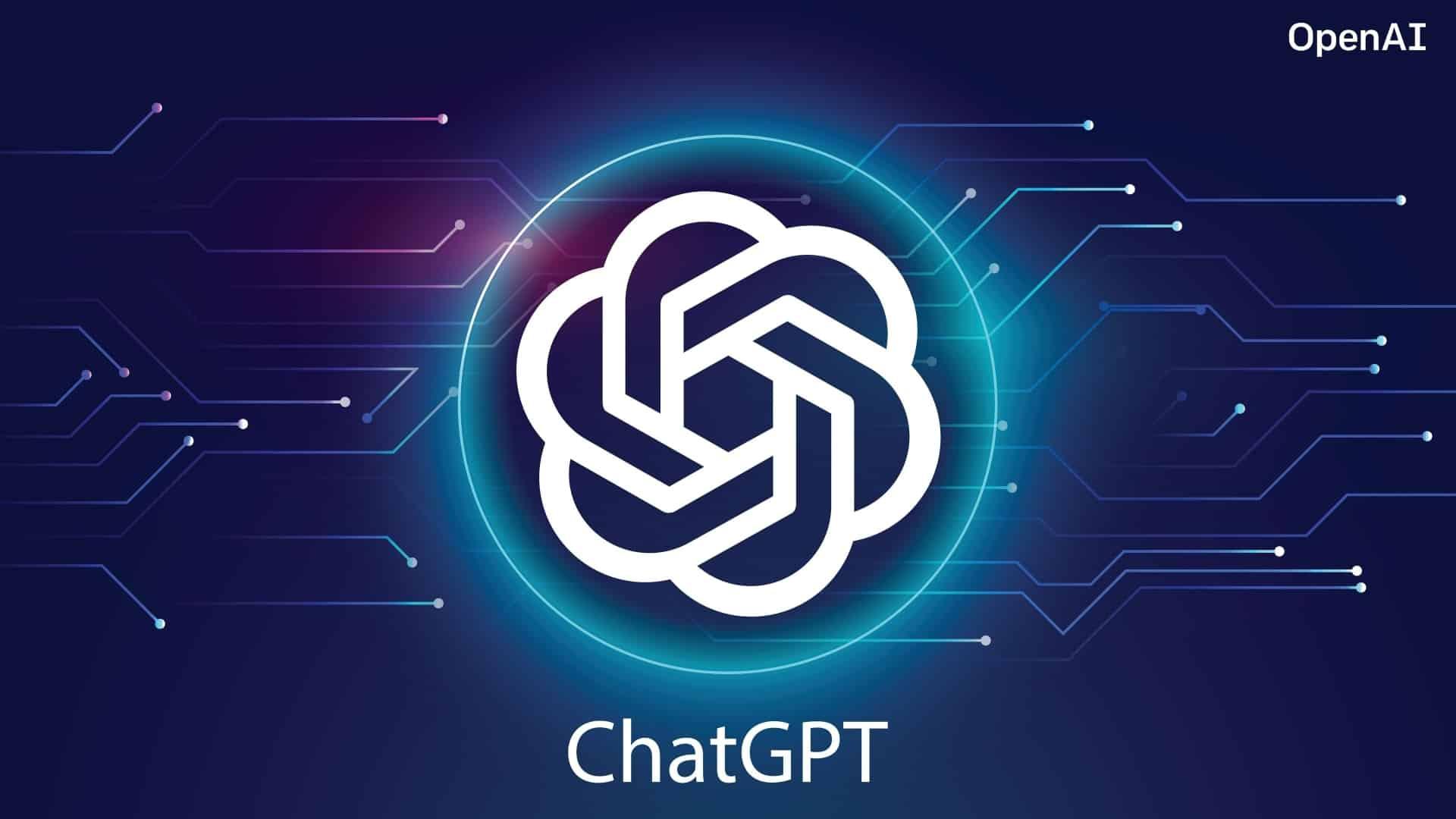ChatGPT, also known as the GPT-3 (Generative Pretrained Transformer 3), is a language model developed by OpenAI. It is a state-of-the-art artificial intelligence tool that is designed to generate human-like text based on the input it receives.
The model is based on the Transformer architecture, which was introduced in 2017 by Vaswani et al. in their paper “Attention Is All You Need.” The Transformer architecture is a type of neural network that is designed to process sequential data, such as text. It uses attention mechanisms to allow the model to focus on different parts of the input sequence, making it well-suited for tasks such as language translation and text generation.
ChatGPT uses a variant of the Transformer architecture that is specifically designed for the language generation task. It is trained on a massive amount of text data, which includes books, articles, and websites. During the training process, the model learns patterns in the text data and develops a representation of the language that it can then use to generate text.
The way ChatGPT works is by taking in an input sequence and predicting the next word in the sequence. It uses its internal representation of the language to generate a probability distribution over all possible next words and then selects the most likely word based on that distribution. It then takes the input sequence and the newly generated word and repeats the process, generating a sequence of words that form a coherent sentence or paragraph.
ChatGPT can be used for a variety of natural language processing tasks, including text generation, question answering, and language translation. It has been used to create chatbots, virtual assistants, and other language-based applications. The model's ability to generate human-like text makes it ideal for these applications, as it can produce responses that are both informative and engaging.
One of the most notable features of ChatGPT is its ability to generate high-quality text with very little supervision. Unlike other language models that require significant amounts of fine-tuning and customization, ChatGPT can be used out of the box for many tasks. This is because it has been trained on such a massive amount of text data that it has developed a general understanding of the language.
Another feature of ChatGPT is its ability to generate text in a wide range of styles and genres. The model has been trained on text data from a variety of sources, including fiction, news articles, and technical manuals. As a result, it can generate text that is appropriate for a wide range of applications, such as generating news articles, writing poetry, or creating chatbots.
One of the challenges with using language models like ChatGPT is controlling the quality and consistency of the generated text. Because the model is generating text based on probabilities, there is always a chance that the text it generates may not be coherent or may contain errors. However, the model can be fine-tuned to reduce these errors and improve the quality of the generated text.
In conclusion, ChatGPT is a powerful language model developed by OpenAI that is capable of generating high-quality text with very little supervision. Its ability to generate text in a wide range of styles and genres makes it ideal for a variety of natural language processing tasks, including text generation, question answering, and language translation. While there are challenges associated with using language models like ChatGPT, the benefits of this technology are undeniable, and it is likely to play an increasingly important role in the development of artificial intelligence and language-based applications in the years to come.
Zenkoders provides ChatGPT Development services to help organizations harness the power of large language models. With its team of experienced AI developers, Zenkoders is equipped to handle projects of all sizes, from small chatbots to complex AI systems.


